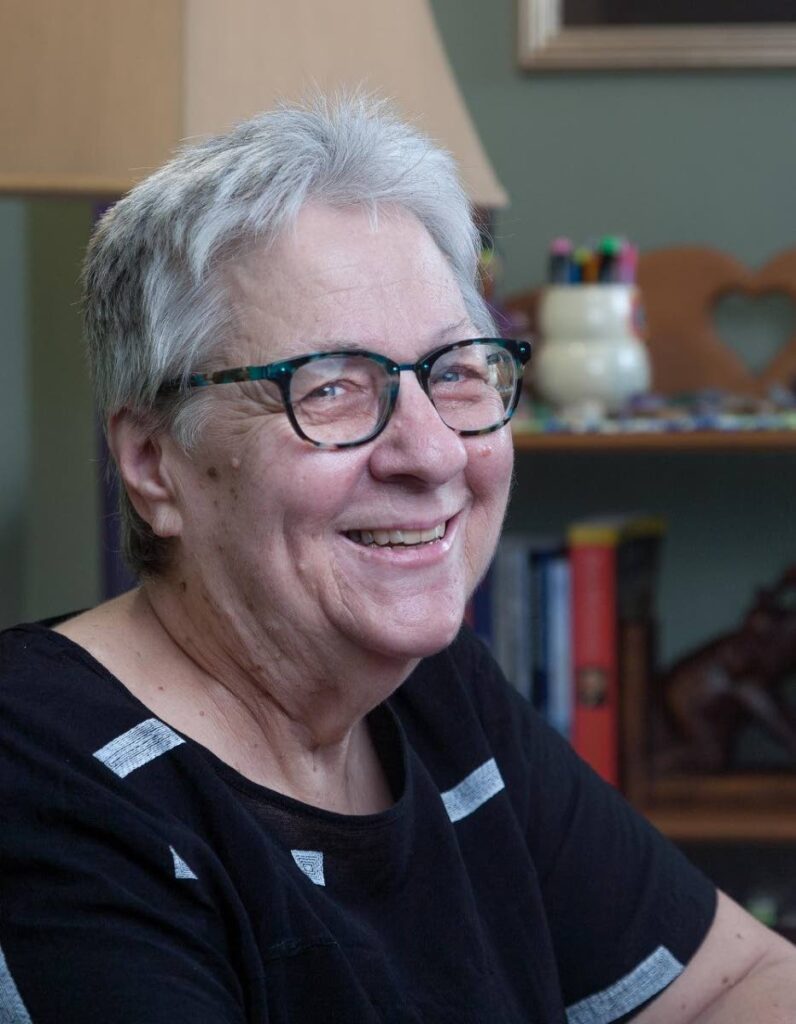Why boys read

MEMORIES OF teenage boys I once taught at the International School of Port of Spain (ISPS) and in YTC (now YTRC) popped up unexpectedly after Paper Based bookstore, which specialises in Caribbean literature, posted a picture of the cover of Wide Sargasso Sea by the late Dominican writer Jean Rhys.
This modern classic, which is a prequel to Jane Eyre by Charlotte Brontë, tells the story of the first Mrs Rochester, deemed mad and locked away in an attic by her husband who is pursuing Jane Eyre. Rhys gave that first Mrs Rochester a voice and a life. Much to my surprise, it was a favourite book among boys in both my ISPS and prison English classes.
Like just about everyone else, I doubted boys’ interest in reading when I first began teaching 30 years ago, but that prejudice quickly vanished.
Along with Wide Sargasso Sea, my teens enjoyed Trinidad Nobel Laureate VS Naipaul’s novel Miquel Street, a collection of stories about a boy discovering the “characters” in his neighbourhood shaped into a novel first published in 1959. Students appreciated the humour. The boys in YTC said, “I didn’t know a book could be funny, Miss.” A favourite assignment was an argumentative essay about their favourite character in the book.
When I moved from the classroom to the school library, I came up with the idea of a Big Book Club to teach students how to tackle a book about 1,000 pages long. I said, “All you need is a plan of how many pages to read a night and a goal for finishing the book. You don’t want a book to drag on for more than about six weeks or you’ll get tired of it.”
That experiment I only tried in ISPS. Long books didn’t intimidate my students in YTC, where it wasn’t unusual for a student to read two books largely set in prison: the Count of Monte Cristo by Alexandre Dumas and South African leader Nelson Mandela’s autobiography, Long Walk to Freedom.
Back in ISPS my library book club of 16-year-old boys and girls tackled Margaret Mitchell’s Gone With the Wind, a novel of the Deep South during the US Civil War with a conniving coquette, Scarlett O’Hara, and a dashing rogue, Rhett Butler, as the main characters. By the third week, all the girls dropped out of the class and all the boys who signed up – six in total – remained and completed the book. Noting his charisma, connivance and boldness those boys made a study of Rhett Butler’s sex appeal.
Near the end of my career, I introduced students to the non-fiction book We Should Hang Out Some Time: Embarrassingly, a True Story by Josh Sundquist. After school, I saw boys who never read a book lost in this one about a 24-year-old trying to figure out why he had never had any serious relationship with a girl. He had overprotective parents, a leg amputated after cancer, missed a year of school and tended to be on the shy side. He questioned his personality and social skills.
From these book choices I learned how to tailor reading to boys’ personal and social needs. Boys want books with characters that reflect their unexpressed insecurities. They use books to work through personal conflicts and understand feelings they can’t articulate. They need someone to guide them through this process. They don’t want to feel pressured, and they want to make their own reading choices.
In both ISPS and YTC, boys liked books that dealt with relationships – especially friendships and love interests. Miguel Street gave them a sense of community, another deep-seated need. Curiosity was the initial hook for Wide Sargasso Sea, but boys wanted to understand Mr Rochester’s viewpoint. They didn’t judge him or hate him as girls did. They had empathy and they wanted to understand how to move from one relationship to the next without feeling guilty or uncaring.
Boys approached books differently from girls. They wanted to discover something about themselves in a book. Girls read for entertainment. They enjoyed catty, competitive girls, popularity contests and drama. They often enjoyed the evil plots in social situations – especially in schools – as much as they enjoyed empathising with the victims who found a way to triumph in the end.
Boys wanted characters who worked their way through issues. Sometimes boys didn’t know they wanted to read, but if I matched their interests and needs to a book, they became passionate life-long readers.
Thirty years later, my past students from ISPS and YTC still send exciting messages about the books they are reading.

Comments
"Why boys read"